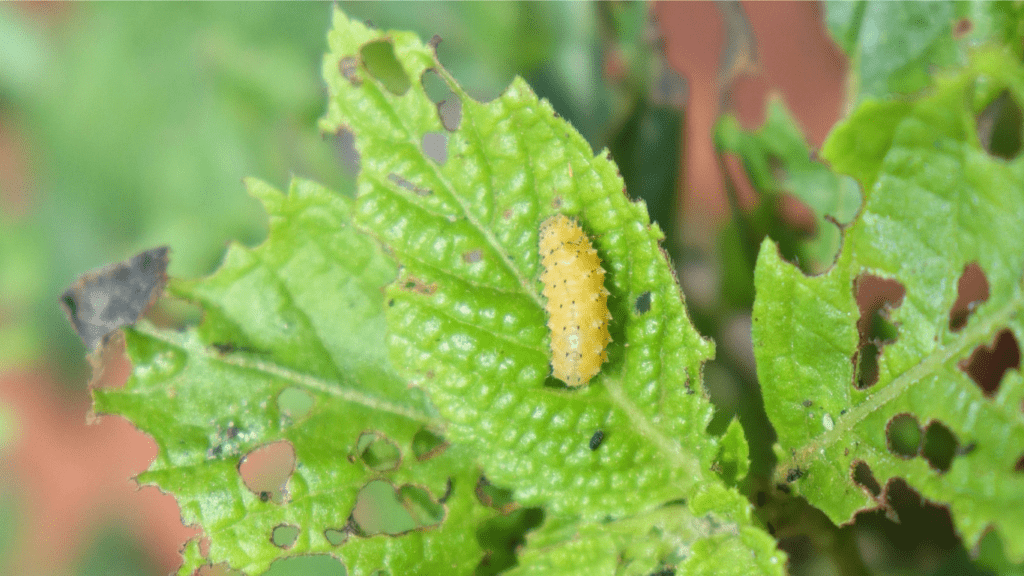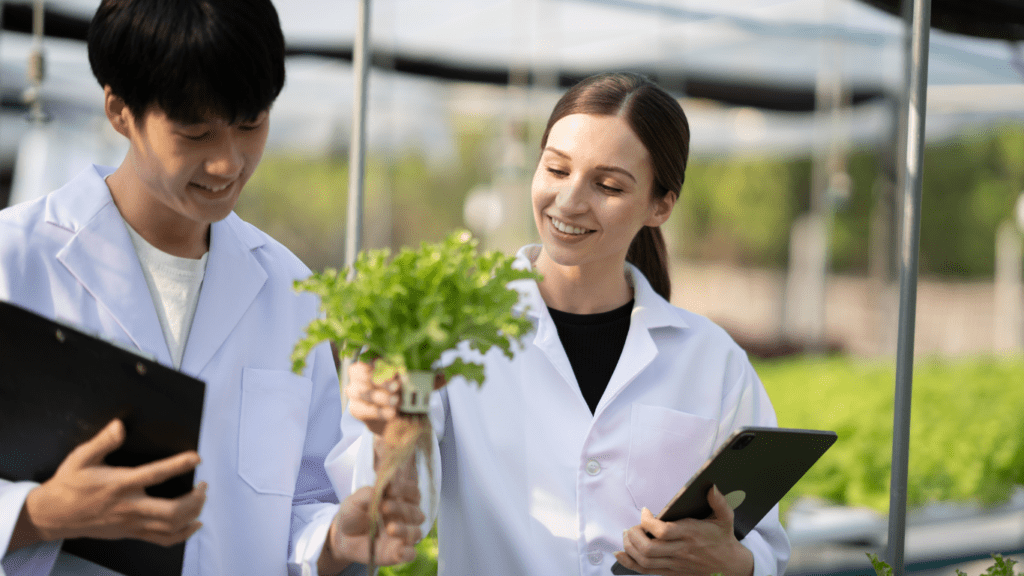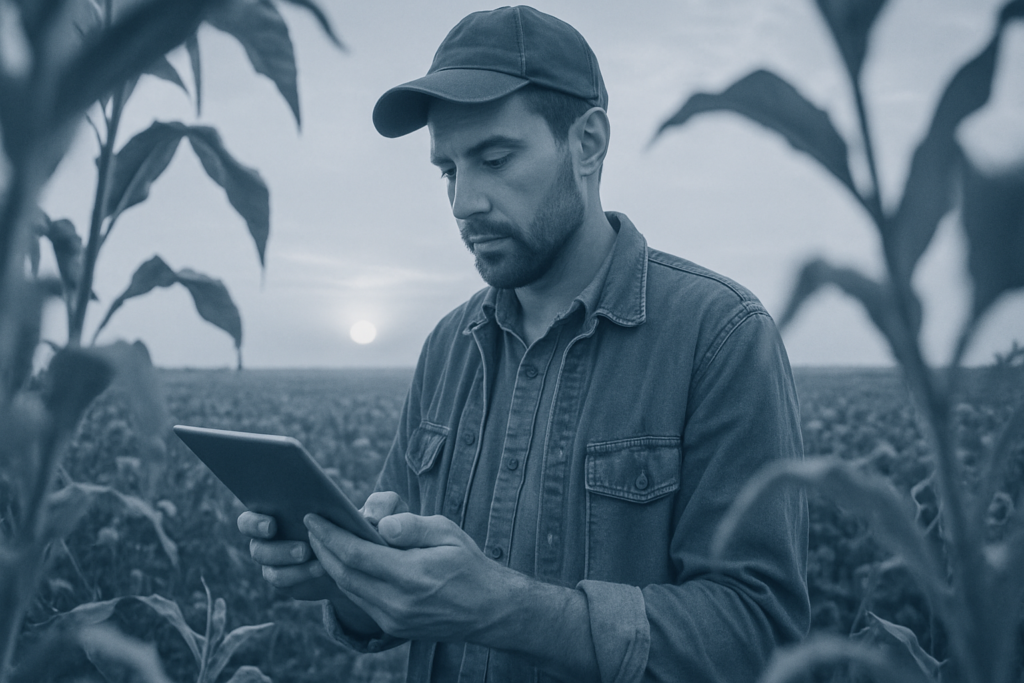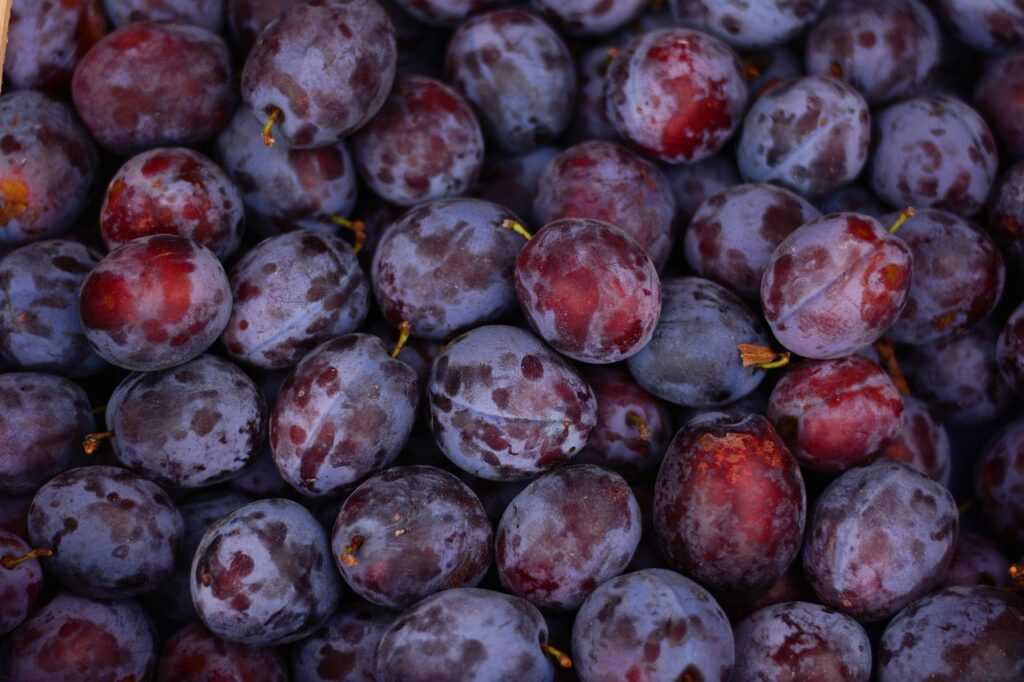Understanding Biotechnology in Agriculture
Biotechnology in agriculture integrates scientific techniques into plant and animal production. Genetic engineering, molecular markers, and tissue culture exemplify these techniques.
Genetic Engineering
Genetic engineering modifies organisms’ genetic material. By inserting specific genes into plants, scientists create crops with desired traits like pest resistance or drought tolerance. Genetically modified organisms (GMOs) exemplify this, offering higher yields and reduced pesticide use.
Molecular Markers
Molecular markers identify specific sequences in DNA. These markers help breeders select plants with beneficial traits, speeding up traditional breeding processes. For example, markers identify disease-resistant genes in crops, ensuring healthier plants.
Tissue Culture
Tissue culture involves growing plants from small tissue samples. This technique aids in rapid multiplication of disease-free plants. For instance, bananas and potatoes benefit from tissue culture, providing consistent quality and yield.
Benefits
Biotechnology offers several benefits:
- Increased Productivity: Higher crop yields meet growing food demands.
- Environmental Protection: Reduced pesticide and herbicide use lowers environmental impact.
- Economic Growth: Enhanced productivity boosts farmer incomes and rural economies.
Biotechnology optimizes agricultural practices, ensuring sustainable food production and economic stability.
Historical Context of Biotechnology in Agriculture
Biotechnology in agriculture didn’t emerge overnight. Its evolution spans centuries, with early applications laying the groundwork for modern advancements.
Early Innovations
Biotechnology’s roots in agriculture can be traced back to ancient times. Early farmers practiced selective breeding for desirable traits without scientific understanding. By the late 19th century, Gregor Mendel’s work on genetics marked a major milestone, providing a scientific basis for plant breeding. In the 20th century, techniques like hybridization emerged, leading to crops with improved yields and resilience to diseases.
Development Through the Decades
The latter half of the 20th century saw rapid advancements in agricultural biotechnology. In the 1970s, researchers achieved the first successful genetic modification of a bacterium.
By the 1980s, the first genetically modified plants, like antibiotic-resistant tobacco, were developed. The 1990s marked a significant era with the introduction of commercial GMOs, such as Bt corn and Roundup Ready soybeans. These crops featured traits like pest resistance and herbicide tolerance, revolutionizing farming practices.
Since the 2000s, the scope of biotechnology in agriculture has expanded. Advanced techniques like CRISPR gene editing offer precise modifications, enabling the development of crops with enhanced nutritional value and stress resistance.
Molecular markers and tissue culture have become integral in breeding programs, optimizing crop improvement.
Biotechnology’s history in agriculture showcases a trajectory of innovation and scientific milestones. Each decade built upon previous discoveries, contributing to the sophisticated techniques that define modern agriculture today.
Key Biotechnological Techniques
Modern agriculture markets utilize several key biotechnological techniques that enhance crop yield and improve sustainability.
Genetic Modification
Genetic modification involves altering the DNA of crops to introduce new traits. This process creates Genetically Modified Organisms (GMOs).
One well-known example is Bt corn, which has a gene from Bacillus thuringiensis that provides pest resistance. Genetically modified crops often exhibit traits like herbicide tolerance or improved nutritional content.
According to the USDA, around 92% of corn and 94% of soybeans planted in the U.S. are genetically modified, illustrating the widespread adoption of this technique.
CRISPR Technology
CRISPR technology allows precise editing of an organism’s DNA. Unlike traditional genetic modification, CRISPR can target specific genes without introducing foreign DNA.
For instance, researchers have used CRISPR to create disease-resistant wheat by editing genes associated with susceptibility. This technique promises rapid advancements due to its precision, cost-effectiveness, and minimal regulatory hurdles compared to GMOs.
Molecular Breeding
Molecular breeding utilizes DNA markers to select desirable traits in crops. It accelerates traditional breeding by quickly identifying and propagating plants with optimal traits.
An example is marker-assisted selection used to develop drought-resistant rice varieties. This technique combines the benefits of traditional breeding with modern molecular biology, making it essential for developing crops adapted to changing climates and growing conditions.
Impact on Crop Yield and Quality
Biotechnology has reshaped agriculture, significantly enhancing crop yield and quality.
Enhancements in Crop Resilience

Farmers face increasing challenges like:
- pests
- diseases
- extreme weather
Genetic modification develops crops resistant to pests and diseases, reducing the reliance on chemical pesticides.
For instance, Bt corn produces a toxin that deters insects, resulting in healthier and higher-yield crops. Additionally, biotechnological advances create drought-tolerant crops, ensuring stable yields even in arid conditions.
With CRISPR technology, plants adapt faster to climate change by modifying stress-response genes. Enhanced resilience translates to consistent and improved crop performance, vital for global food security.
Improvement in Nutritional Content
Modern biotechnology improves the nutritional profile of various crops. Genetic engineering enhances essential vitamins, minerals, and antioxidants within staple crops.
Golden Rice exemplifies this, enriched with Vitamin A to combat deficiencies in developing countries. Biofortified crops like iron-enriched beans or zinc-enriched wheat address specific nutritional gaps.
These innovations ensure that populations, especially in nutrient-poor regions, receive essential nutrients. Consequently, biotechnology not only boosts crop yield but also addresses malnutrition, promoting better health outcomes.
Economic Benefits and Market Growth
Modern biotechnology enhances agricultural profitability and promotes market expansion.
Cost Efficiency for Farmers
Biotechnology reduces farming costs by improving crop resistance to pests and diseases. GMOs, for example, minimize the need for chemical pesticides. This not only lowers expenses but also lessens environmental impact. Herbicide-tolerant crops simplify weed management, decreasing labor and fuel costs.
Market Expansion and Global Trade
Biotechnological advancements open new markets for agricultural products. Enhanced crop traits meet diverse consumer needs, increasing demand.
Biofortified crops like Golden Rice address nutritional deficiencies in developing countries, creating export opportunities. Additionally, biotech crops ensure stable yields and quality, making them attractive to international buyers.
Ethical and Environmental Considerations
Ethical and environmental implications are crucial in evaluating biotechnology’s impact on modern agriculture. These considerations shape public perception and policy.
Ethical Debates
Bioethics in agriculture involves debates like those about the morality of genetic modifications. Critics argue GMOs tamper with natural organisms without understanding long-term effects. Some see it as unnatural tampering, while proponents highlight benefits like enhanced nutrition and food security.
Ethical questions also arise about corporate control over biotechnological advances. Large biotech firms often hold patents, raising concerns about access and affordability for small farmers. This monopoly within agricultural markets challenges equitable distribution and raises issues of dependency and economic disparity.
Environmental Impact
Biotechnology’s environmental impact spans multiple dimensions. On the positive side, biotech crops often require fewer chemical inputs, reducing pesticide and herbicide use.
This can lead to lower pollution levels and safer ecosystems. Pest-resistant crops also decrease the need for chemical treatments, promoting biodiversity. However, challenges exist. For instance, biotech crops might contribute to monoculture practices, which can reduce biodiversity and soil health.
Cross-pollination between GM and non-GM strains might result in unintentional spread, impacting local ecosystems and natural plant varieties. Regulatory frameworks and thorough assessments of long-term ecological effects are essential for sustainable biotechnological applications.
Ethical and environmental considerations must be thoroughly scrutinized to balance biotechnology’s benefits with the potential risks in agriculture.
Future Trends in Agricultural Biotechnology
Agricultural biotechnology is evolving rapidly. Emerging technologies and promising market trends define its future trajectory.
Emerging Technologies
Several emerging technologies are set to revolutionize agriculture. Precision breeding techniques, such as CRISPR-Cas9, offer precise genetic modifications.
This technology enables the creation of crops with enhanced traits (e.g., drought tolerance, disease resistance). The use of RNA interference (RNAi) helps manage pests by blocking essential genes in targeted species. Vertical farming integrates biotechnology with controlled environment agriculture to optimize space usage and crop yields in urban settings.
The integration of big data and artificial intelligence in farming practices leads to improved decision-making and resource management. These advancements signal a more efficient and sustainable agricultural future.
Long-term Market Predictions
The agricultural biotechnology market shows robust growth potential. According to industry analysts, the market could grow at a compound annual growth rate (CAGR) of over 10% from 2021 to 2028.
The demand for bioengineered crops might rise due to increasing food security concerns and climatic challenges. The adoption of genetically modified organisms (GMOs) could increase, driven by benefits such as higher productivity and reduced pesticide usage.
Market diversification is expected as biotech companies venture into biofuels and bioplastics, enhancing sustainability efforts. These trends suggest that as technology advances, the agricultural sector will witness significant transformations and opportunities.



